Shanghai Auto Show: The Last Stand for Joint Venture Brands
![]() 04/23 2025
04/23 2025
![]() 526
526
Joint venture brands are making their final push, holding steadfast to fuel engines while embracing electric technology.
The Shanghai Auto Show has once again swung open its doors, heralding another period of intense activity within the automotive industry. As China's most significant automotive exhibition, the Shanghai Auto Show serves as a bellwether for industry trends.
In terms of scale, this year's auto show remains on par with previous editions, featuring approximately 1,000 exhibitors across an exhibition area exceeding 360,000 square meters.
Unlike previous shows, the Chinese automotive market has undergone significant changes in 2025, with new energy vehicles surpassing a 50% penetration rate and independent brands commanding over 67% of the market share.
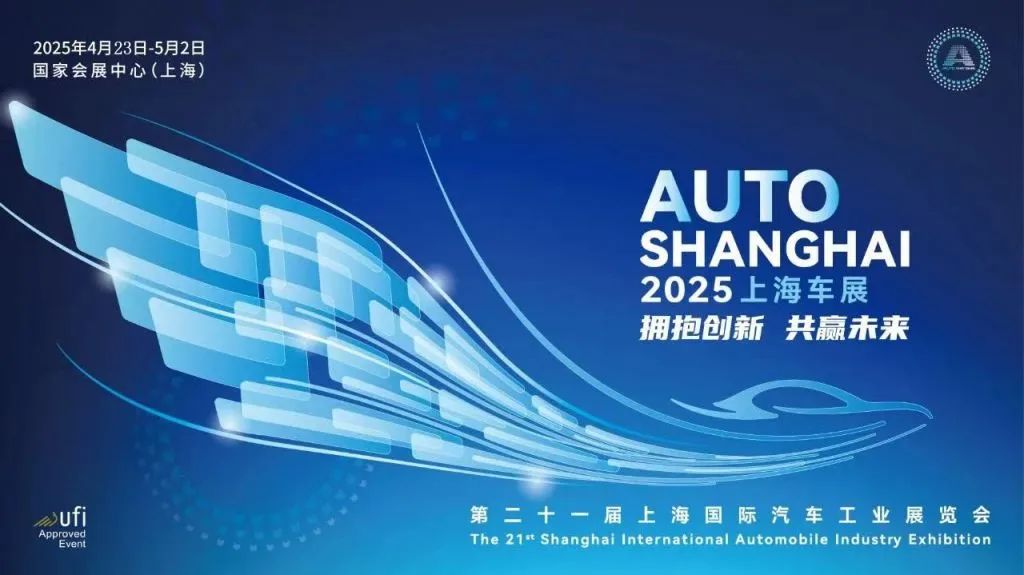
Joint venture brands, which once reaped the full benefits of the Chinese market, now face immense market pressure. They find themselves at a disadvantage in the new energy competition, while the fuel vehicle market continues to shrink. Maintaining competitiveness in the world's largest automotive market has become a top priority.
The determination of joint venture automakers is evident in their participation in the show.
Korean and American Brands Take Divergent Paths
As the two auto lines with the weakest presence in the domestic market, Korean and American cars have been most impacted by the new energy wave. Korean cars' market share has plummeted below 2%, rendering their presence nearly negligible.
Perhaps due to their low market share, Korean automakers have chosen to skip the Shanghai Auto Show entirely. The only remaining Korean brands, Hyundai and Kia, have also missed this year's show, becoming the first to withdraw.
It is understood that Beijing Hyundai unveiled its new all-electric model, ELEXIO, prior to the Shanghai Auto Show. This represents Beijing Hyundai's first response to the growing Chinese new energy market. As the domestic new energy vehicle market enters fierce competition, Beijing Hyundai has finally embarked on the path of localization for electric vehicles.
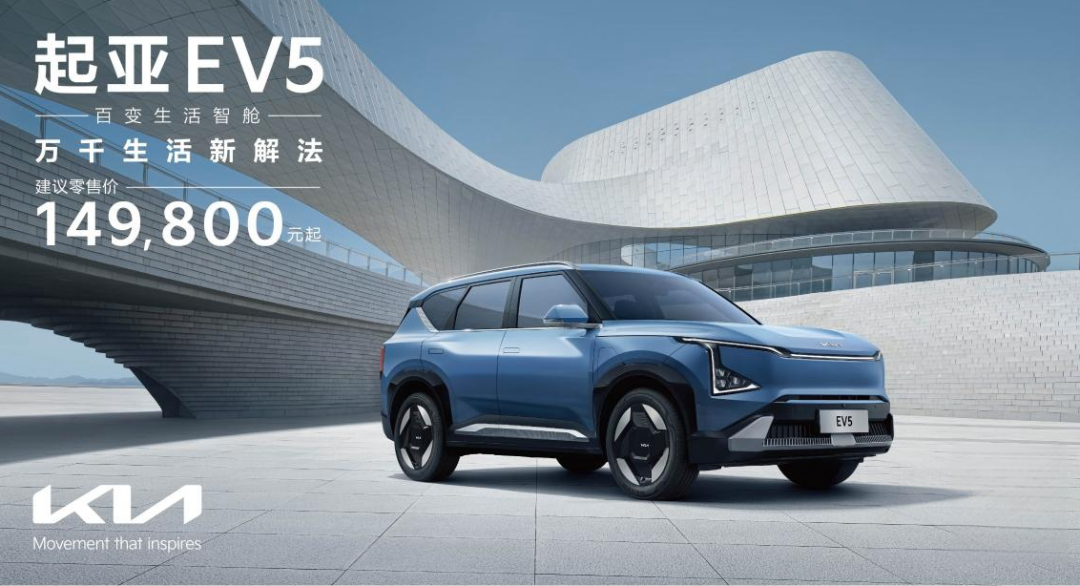
Perhaps because of its slow pace, Beijing Hyundai chose to skip the auto show despite unveiling a new car, opting to focus its promotional budget on key areas. After all, with declining sales, even the landlord has trouble making ends meet.
Kia Motors has completely vanished from this year's auto show. According to Yueda Kia's official announcement, sales in March 2025 totaled 22,949 units, a year-on-year increase of 23%. Such performance would only rank in the middle to lower tier if placed in the rankings of new forces.
However, unlike these new forces, Kia, as one of the top ten global automakers with over 80 years of history and more than 20 years in the Chinese market, possesses considerable experience in vehicle manufacturing. Yet, it has now become nearly invisible in the Chinese market, which is truly lamentable.
More importantly, unlike Hyundai, Kia places great emphasis on new energy investments in China, having released multiple new energy models with more affordable pricing. The starting price of the EV5 has dropped to RMB 149,800. Unlike the fully imported EV6, the EV5 is an all-electric model produced in China and uses BYD batteries.
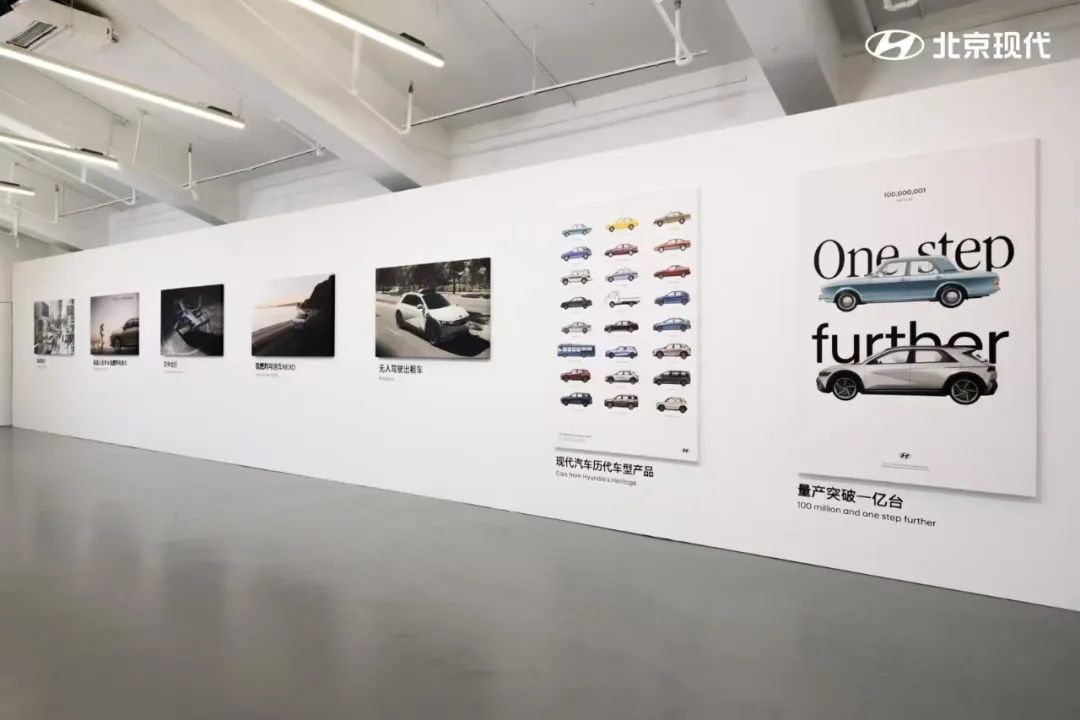
Perhaps Kia is still waiting, planning to catch up after some players are eliminated from the Chinese new energy market.
The question remains: by the time the domestic new energy market stabilizes, how can Kia, which lacks competitiveness, make a late comeback and ensure its foothold in the future market?
Unlike the low-key approach of Korean cars, American cars, despite tariffs, still aim to make a big splash in the Chinese market. Both GM and Ford have chosen to continue participating in the show, determined to compete to the end.
Although the market share of American cars has also slipped to 5.8%, they have not chosen to give up. SAIC-GM has adopted a fixed-price pricing strategy, reshaping the pricing of fuel vehicles by selling B-segment cars at A-segment prices, leaving no room for compromise in exchange for volume through price cuts.
GM is aware that in the current market competition, its new energy vehicles, especially pure electric models, struggle to gain market share. Only by holding onto the advantage of fuel vehicles can it continue to advance to the next elimination round.
So far, under the fixed-price model, SAIC-GM has achieved profitability, and the strategy of trading price for market share has begun to bear fruit.

On the eve of the auto show, SAIC-GM held two consecutive press conferences, announcing a series of new initiatives. Lu Xiao, General Manager of SAIC-GM, stated that fuel vehicles will still hold more than 25% of the market share in the future, and SAIC-GM will continue to maintain its fuel vehicle product line.
At the same time, SAIC-GM will increase investment in new energy to achieve a new energy efficiency ratio of over 50% by 2026 while maintaining profitability.
On April 22, SAIC-GM launched a new high-end new energy sub-brand, "Zhi Jing," equipped with the Buick Xiaoyao architecture, capable of accommodating multiple models and powertrain layouts.
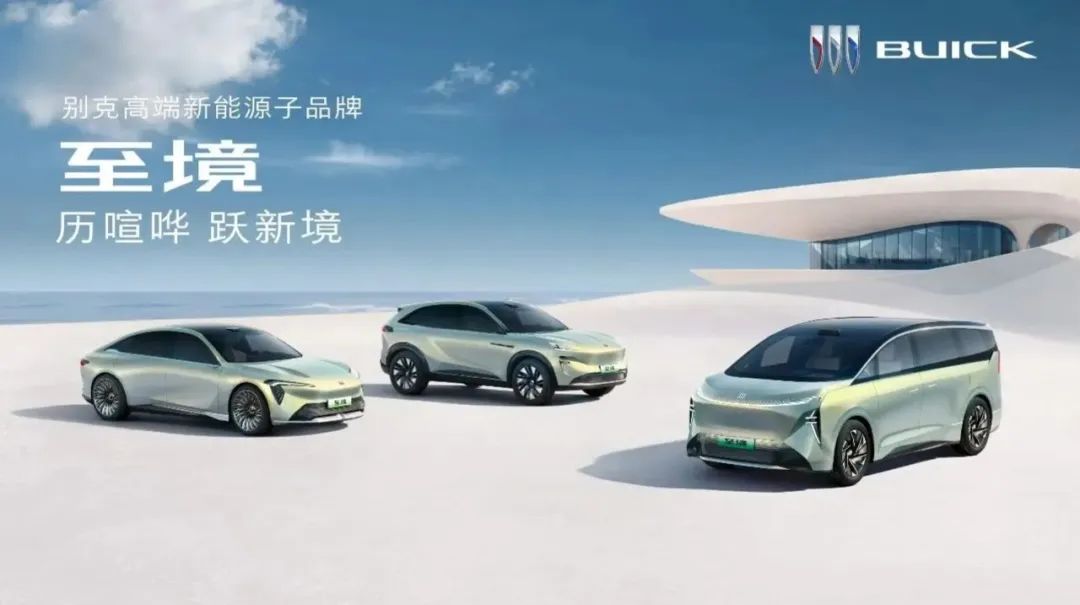
Despite the tariff issue, GM has chosen to continue deepening its presence in the Chinese market. Interestingly, SAIC-GM also handles the production of Envision for export to the US market.
In addition to GM, Ford has also not missed this auto show. In 2024, Ford China found a new growth point, solidifying its market position with professional off-road models, becoming the first joint venture automaker to break the deadlock.
Japanese and German Brands Intensify Competition
Unlike Korean and American cars, Japanese and German cars were once the dominant players in the Chinese automotive market. However, under the wave of new energy, both have failed to seize the opportunity, resulting in declining sales and making them the most affected automakers in the new energy transformation.
Facing the world's largest automotive market, neither Japanese nor German brands are willing to give up. Especially for German automakers, the Chinese market is their largest overseas market, carrying the heavy responsibility of sales.
Over the past two years, German brands have comprehensively promoted electrification in China. Volkswagen has even moved its design and software teams to China and initiated cooperation with Chinese companies, with Xiaopeng Motors and Horizon Robotics becoming Volkswagen's partners.
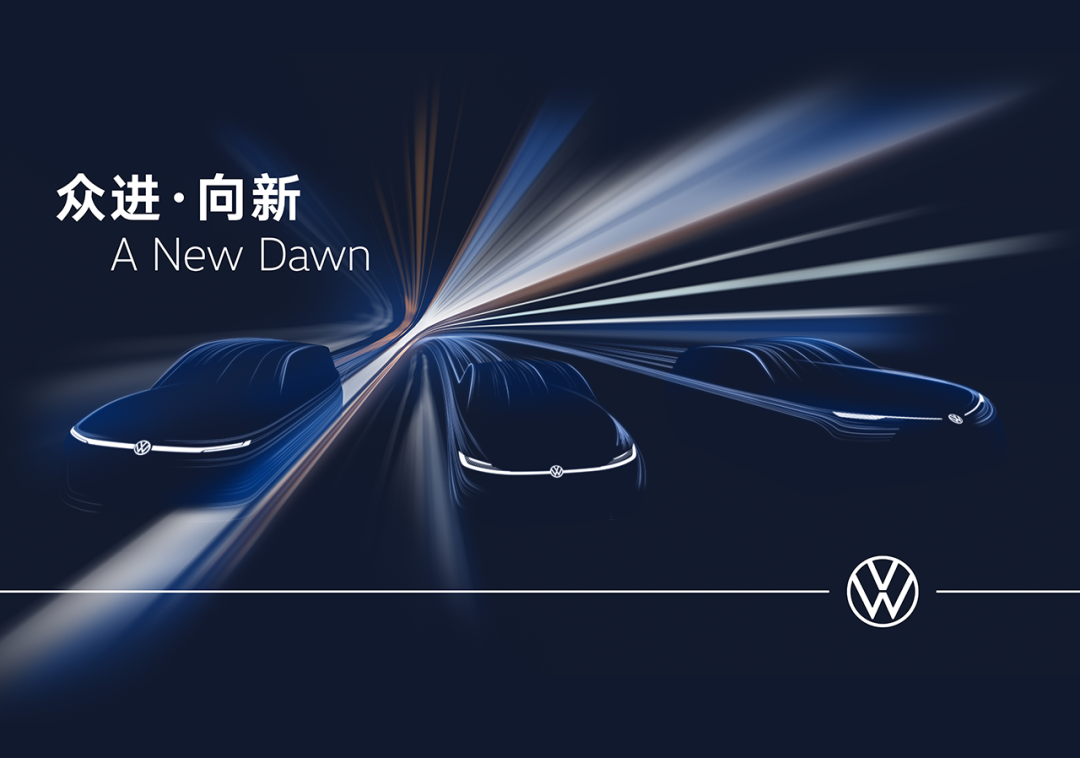
At this year's auto show, Volkswagen brought multiple new models, including an A-segment CMP pure electric sedan, an extended-range B-segment SUV, and a B-segment pure electric SUV. The first extended-range model is a historic first for Volkswagen.
Responding to the needs of the Chinese market, automakers like Volkswagen are no longer centered on their German headquarters and exporting models to the Chinese market. Instead, they are turning to localized research and development. Whatever models the Chinese market demands, Volkswagen designs and manufactures locally.
Such changes will be the mainstream for joint venture automakers in the future. Facing China, the world's fastest-growing new energy market, the demand of the Chinese market represents the cutting edge of new energy vehicle demand.
On the other hand, cooperating with Chinese technology companies has also become the norm. The new Audi A5L from SAIC-Volkswagen is equipped with Huawei's Kunlun intelligent driving assistance system, becoming the first joint venture model to adopt HarmonyOS-based driving assistance. Embracing the Chinese manufacturing chain has become inevitable for joint venture automakers.
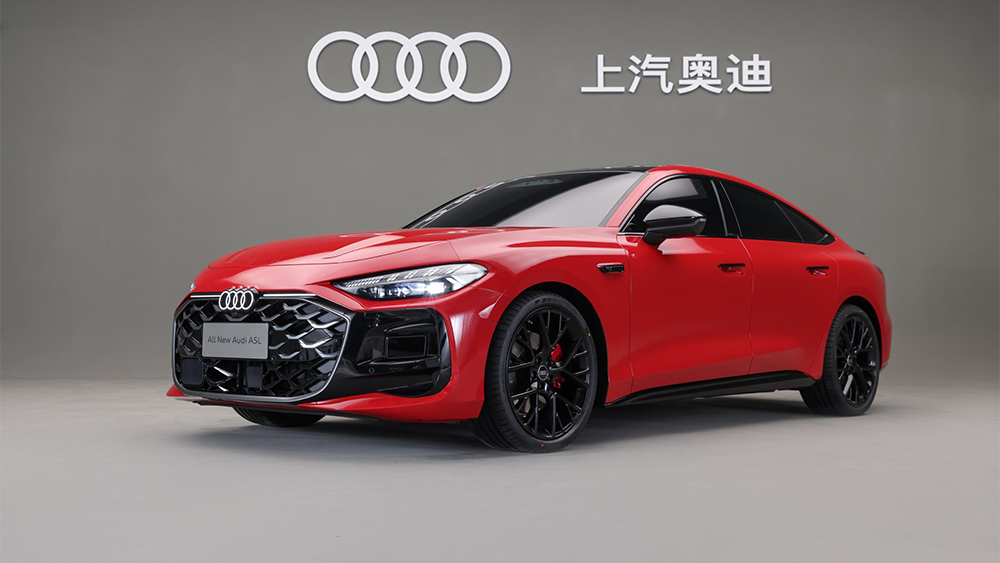
It can be said that the wave of electrification is transforming the supply chains of traditional joint venture automakers. The traditional hardware-centric supply chain system is gradually shifting to a software and hardware collaboration-led approach, with software suppliers becoming core suppliers.
In Hall 8.1, Momenta is surrounded by many partners. Both Toyota and Nissan have chosen Momenta's intelligent driving assistance system. As competition among Chinese automakers shifts from electrification to intelligence, Japanese brands are also embracing Chinese technology companies.
This change symbolizes the Japanese brands' recognition of the gap from their failures in electrification. Only by introducing first-tier suppliers can they win in the second half of the new energy vehicle race. Especially with the shrinking fuel vehicle market, change is crucial for Japanese automakers.
From the launch of Lexus in Shanghai to Toyota's comprehensive promotion of new energy changes in China, GAC Toyota's BZ3X directly targets the forefront of new forces in pricing. This is a first for joint venture automakers and signifies the complete disappearance of the premium pricing power accumulated by joint venture automakers in the fuel vehicle era.
On the eve of the auto show, Toyota also unveiled its second pure electric model, the bZ5. Although the previous bZ3 received much criticism, Toyota still has no intention of abandoning this product line. The question is, in the current market, will consumers still recognize Toyota's electric vehicles?
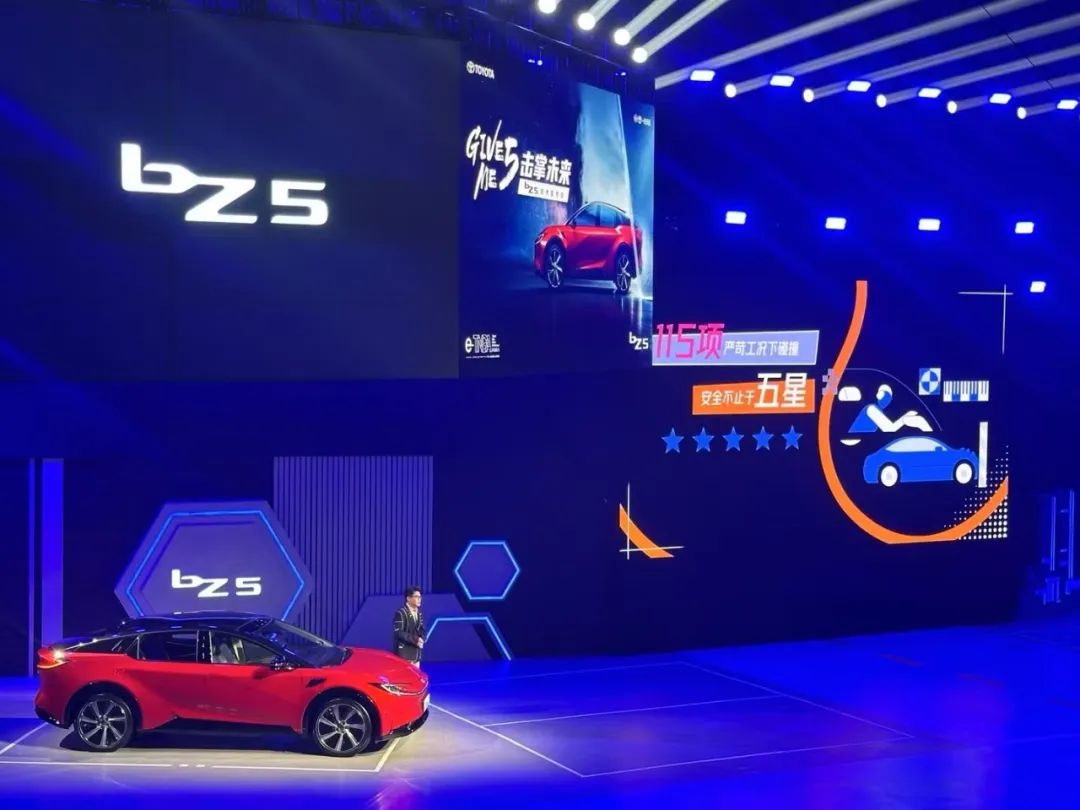
Nissan is also embracing the Chinese industrial chain. From the failure of its first pure electric model, the Ariya, Nissan has learned more about competing in the Chinese new energy market. By launching the first pure electric sedan, the N7, Nissan has achieved the integration of traditional fuel vehicle advantages with electrification and intelligence, demonstrating how joint venture automakers can remain competitive in the new energy era.
Nissan has faced numerous challenges in the past year, particularly after ending its cooperation with Honda. Nissan needs to find new growth opportunities. Against the backdrop of sluggish global automotive market growth, Nissan has once again turned its gaze to the Chinese market.
At this year's Shanghai Auto Show, Nissan's premium brand Infiniti made a comeback with the new model QX80, signaling that the growing Chinese automotive market has become a lifeline for overseas automakers. Only in the Chinese automotive market are there opportunities for a comeback.
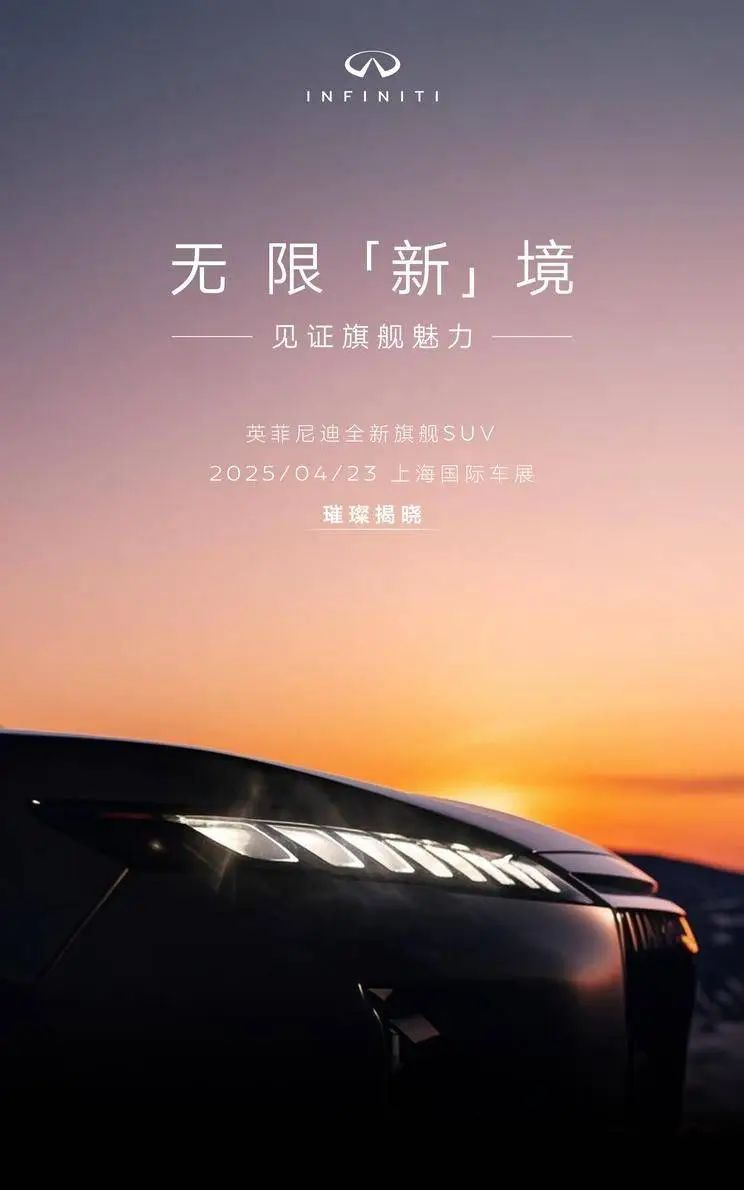
It has been over 40 years since Volkswagen entered China, marking the beginning of the joint venture era. Joint venture automakers have witnessed the Chinese automotive market grow from nothing to something, from weak to strong. Nowadays, independent brands have surpassed joint venture brands, achieving market dominance.
Joint venture automakers have transformed from leaders to followers. In this era of new energy, if joint venture automakers want to stay in China, they must constantly adapt to meet the demands of the Chinese market. In a buyer's market, joint venture automakers must redouble their efforts to remain in this market full of hope.
The Shanghai Auto Show may become the final stage for many joint venture automakers. Without effort, they may not have the ability to appear on the exhibition stand in two years.
Note: Some images are sourced from the internet. If there is any infringement, please contact us for removal.






